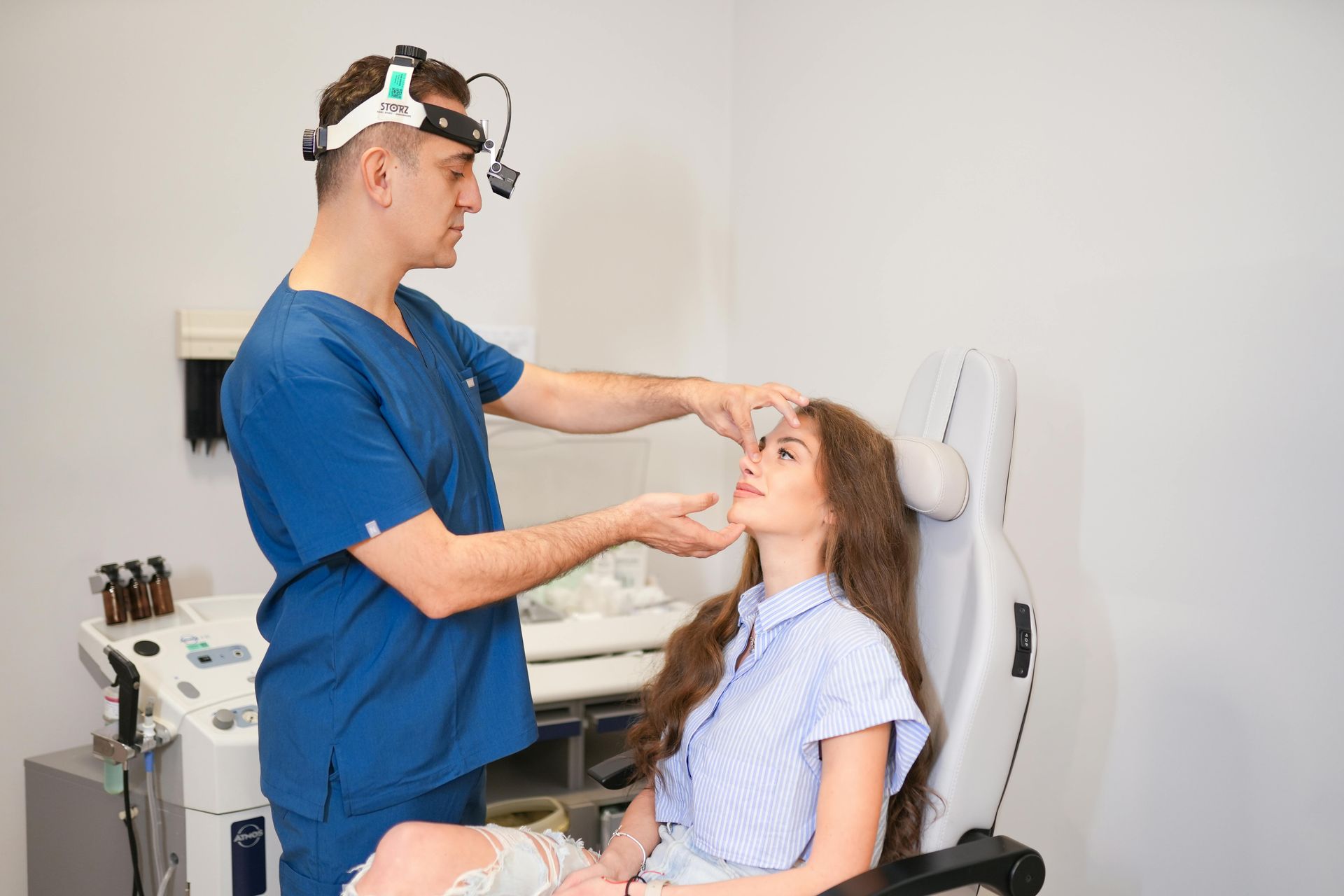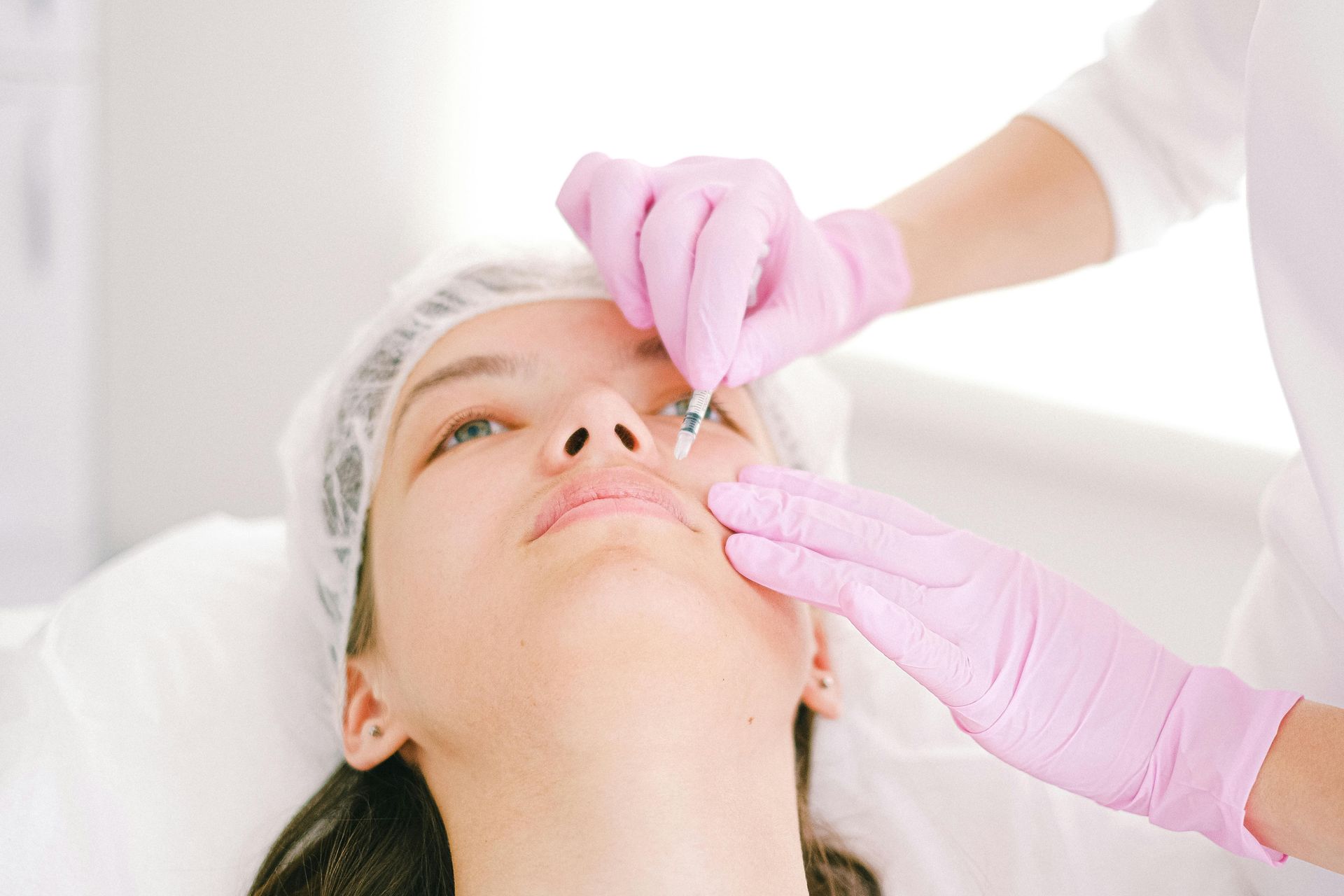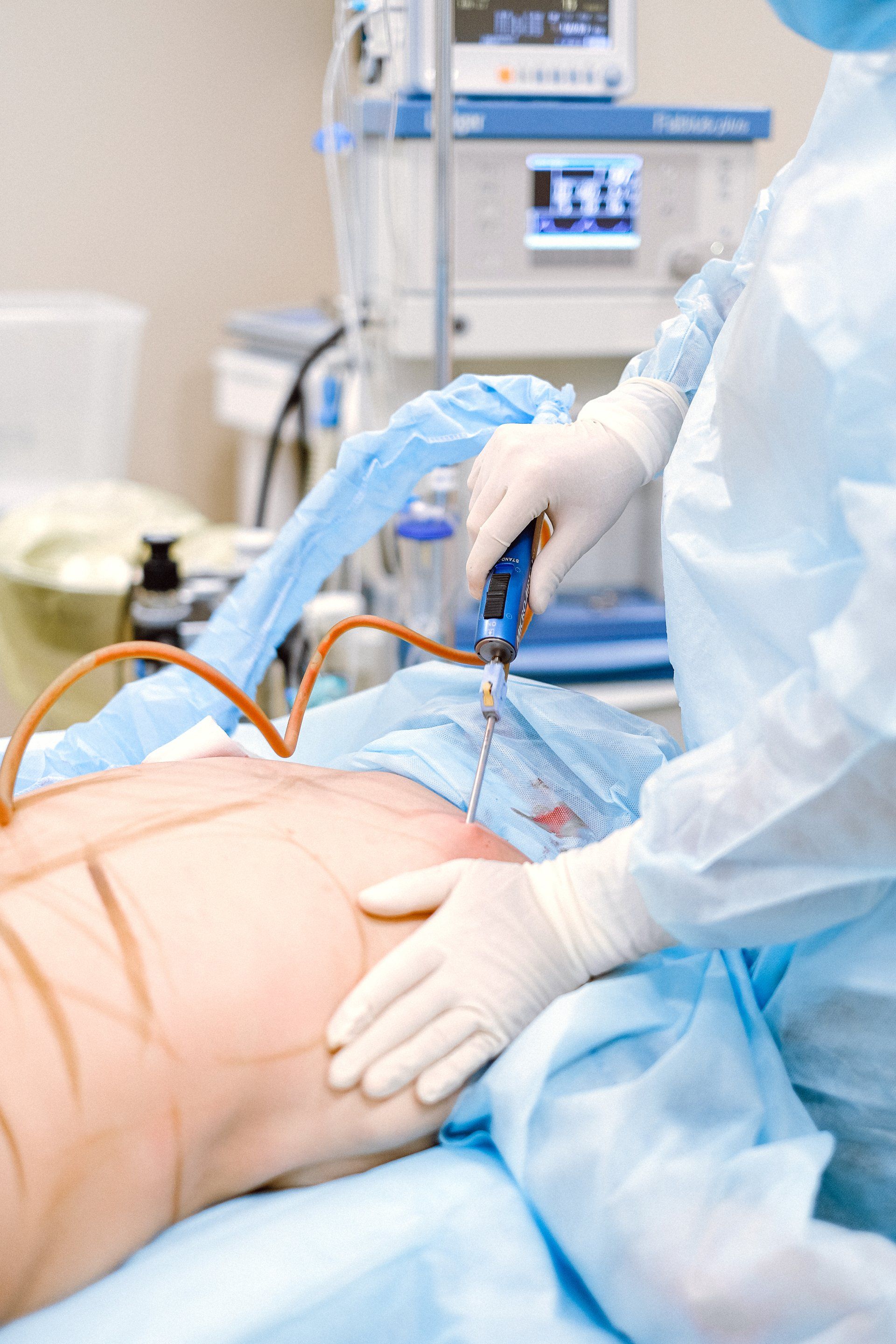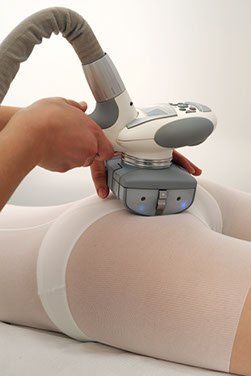Blepharoplasty: What You Need to Know About Eyelid Surgery
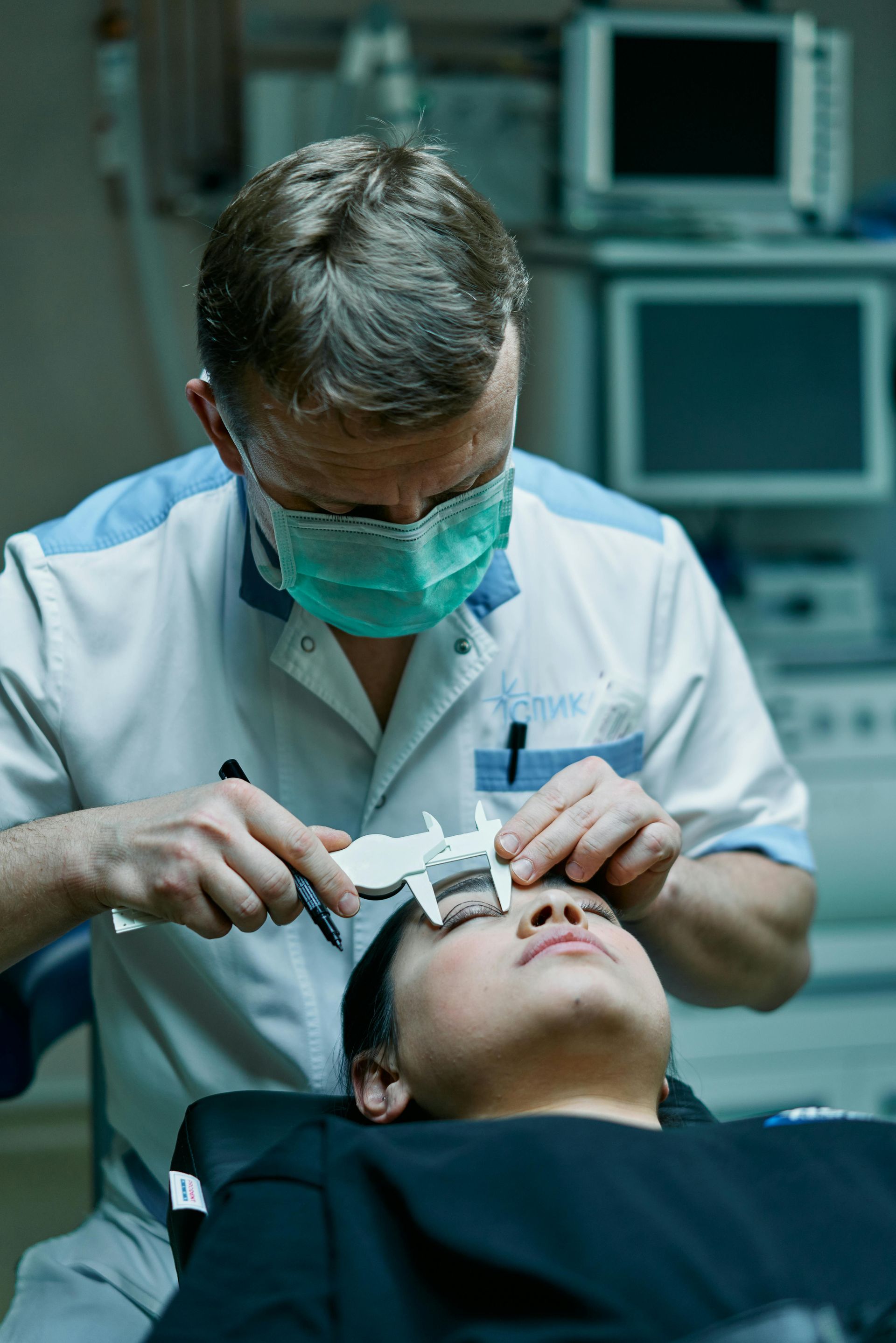
When it comes to facial rejuvenation, the eyes are often the first place people look—and the first place aging shows. Over time, our eyelids can begin to droop, sag, or appear puffy, making us look tired, older, or even affecting vision in severe cases. Blepharoplasty, commonly known as eyelid surgery, is a popular and effective solution for those looking to refresh their appearance or correct functional issues with their eyelids.
What is Blepharoplasty?
Blepharoplasty is a surgical procedure that removes or repositions excess skin, muscle, and fat from the upper and/or lower eyelids. It can be performed for cosmetic reasons to enhance appearance, or for functional reasons when sagging eyelids impair vision.
There are two main types:
- Upper eyelid blepharoplasty: Targets droopy or hooded upper eyelids.
- Lower eyelid blepharoplasty: Addresses under-eye bags, puffiness, or sagging.
Why Consider Blepharoplasty?
People opt for blepharoplasty for a range of reasons, including:
- Tired or aged appearance: Excess skin or fat around the eyes can create a perpetually fatigued look.
- Impaired vision: Severe sagging of the upper eyelids can interfere with peripheral vision.
- Under-eye bags: Fat deposits or loose skin under the eyes can create a puffy or shadowed look.
- Boost in confidence: A refreshed, youthful eye area can significantly improve self-esteem.
The Procedure: What to Expect
Blepharoplasty is typically performed under local anesthesia with sedation, or general anesthesia depending on the complexity and patient preference. The surgery usually takes 1 to 3 hours, depending on whether both the upper and lower lids are being addressed.
Steps of the procedure:
- Incision: Hidden within the natural eyelid crease or inside the lower eyelid (transconjunctival approach), to minimize visible scarring.
- Tissue removal: Excess skin, muscle, and/or fat are removed or repositioned.
- Closing the incision: Sutures are used, which may be dissolvable or removed after a few days.
Recovery and Results
Recovery is generally smooth. Most patients experience swelling and bruising for about 7–10 days. Final results can be appreciated within a few weeks, and the benefits often last for many years.
Post-surgery tips:
- Use cold compresses to reduce swelling.
- Avoid strenuous activity for 1–2 weeks.
- Sleep with your head elevated.
- Follow your surgeon’s instructions carefully.
Risks and Considerations
Like any surgery, blepharoplasty carries some risks, including:
- Infection or bleeding
- Dry or irritated eyes
- Temporary blurred vision
- Scarring (usually minimal)
- Asymmetry or overcorrection
Choosing a board-certified plastic surgeon with extensive experience in eyelid procedures significantly reduces the likelihood of complications.
Is Blepharoplasty Right for You?
Good candidates for blepharoplasty are generally:
- In good overall health
- Non-smokers
- Free from serious eye conditions
- Realistic in their expectations
A personal consultation with a qualified surgeon is the best way to determine if blepharoplasty is appropriate for your needs.
Blepharoplasty is more than just a cosmetic procedure—it can provide a real boost in quality of life, whether by enhancing your appearance or restoring full field of vision. With today’s advanced techniques and skilled surgeons, it’s a safe and rewarding option for those ready to open their eyes to a fresher, more youthful look. So, why wait? Contact Plastic Surgery Central Florida and schedule your consultation today. Call us at 407-674-1396!
